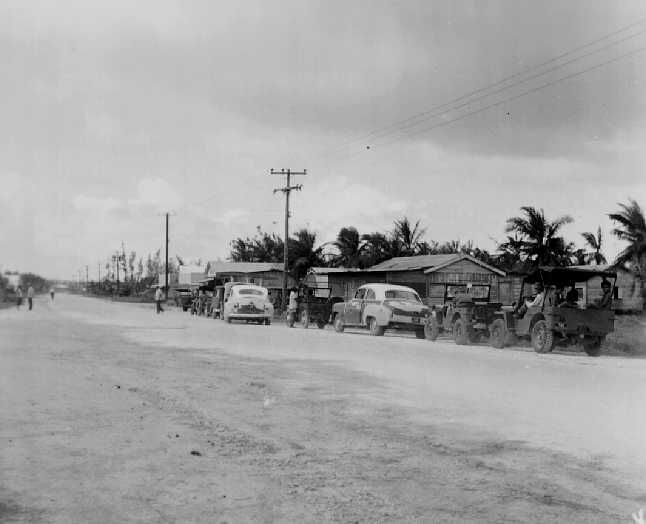
A quiet Chalan Kanoa as seen in this post-War photo.
As wartime recovery continued on, the Naval administration helped Tun Herman Pan’s operation expand by supporting its business. With Herman’s as the first locally owned business to open, it breathed a new life into the community. Residents woke up to a new life and a new environment free from the dangers of war.
Retrofitted into an existing military Quonset hut (where the USPS Post Office is now located), the bakery – and Herman’s sacrifices and commitment – became a symbol of a resilient community post-war.

A photo of the U.S. Navy’s Department of Public Affairs-University of Hawaii, Manoa, shows the flooding in the village of Susupe on August 1978. The inundation led Tun Herman Pan and Tan Marikita Pan, under the leadership of Juan Pan, to relocate their business operation to its current location, on Tun Herman Pan Road (Airport Road) in Dandan.
In 1944, the U.S. Navy allowed Tun Herman Pan to operate the bakery privately, making him the first post-war private businessman in Micronesia. They departed a year later and left the bakery equipment and surplus supplies at Herman’s: “The first Herman’s Bakery location in Chalan Kanoa was on land that was deeded to my father by the Navy public lands administration located on Navy Hill after he asked permission to build his bakery business there,” shared Jesus, where it remained in operation until 1978 when it was moved to its current location on Tun Herman Pan (Airport) Road.
As island life slowly returned to normalcy, a familiar ritual unfolded at Herman’s Bakery — new products began to be introduced to the community, and Saipan’s bakery culture began to emerge, which was a reflection of the diverse colonial influences on the islands: combinations of Japanese and Western baking products that Herman’s so creatively and delightfully ventured to produce, offering this time an array of sweet, savory and comforting delights.
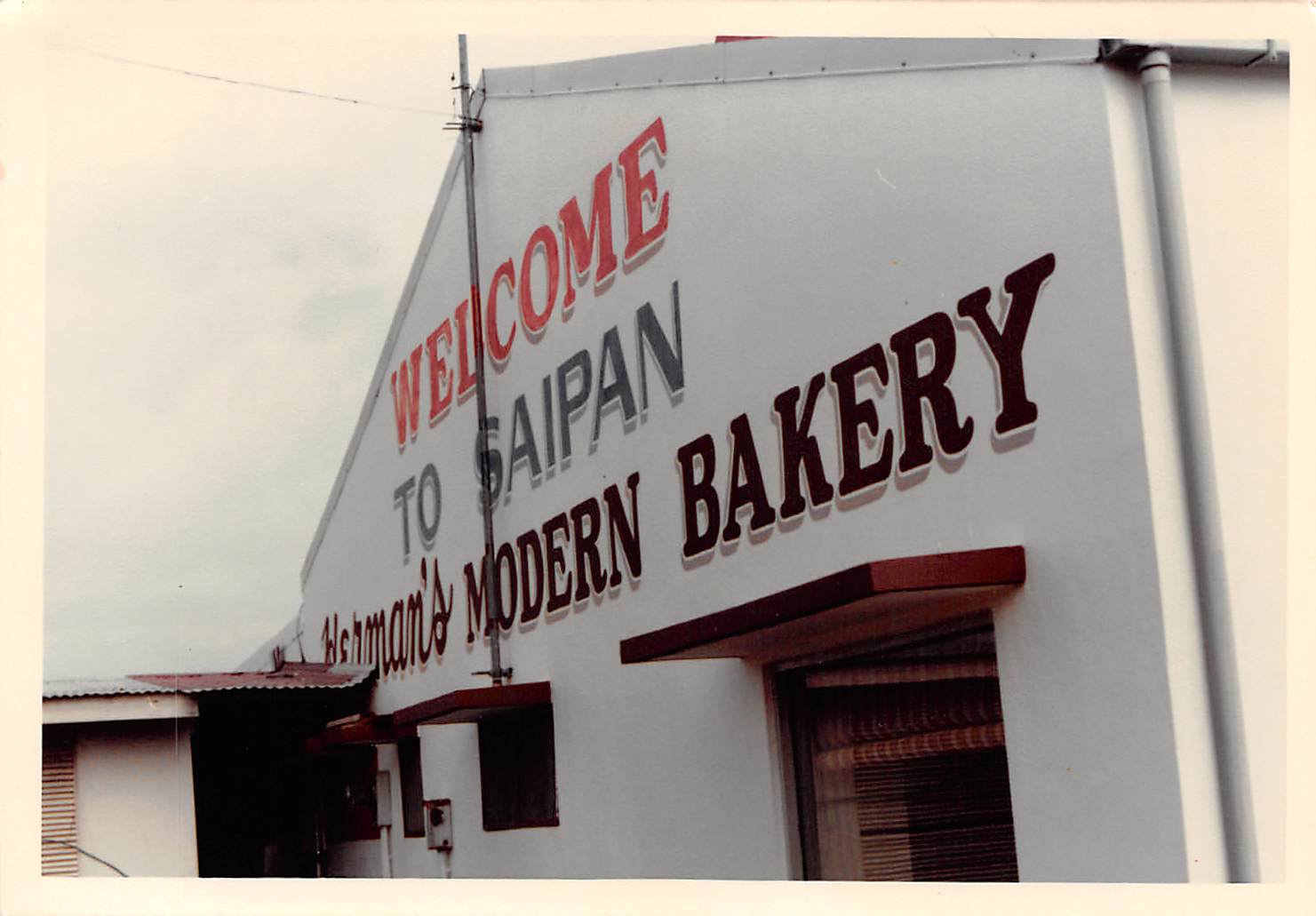
Following the flooding in Susupe-Chalan Kanoa in the 1970s, Juan Pan, with the blessings of his parents, constructed the new and permanent location of Herman’s Modern Bakery in Dandan Road in 1978, which was renamed to Tun Herman Pan Road.
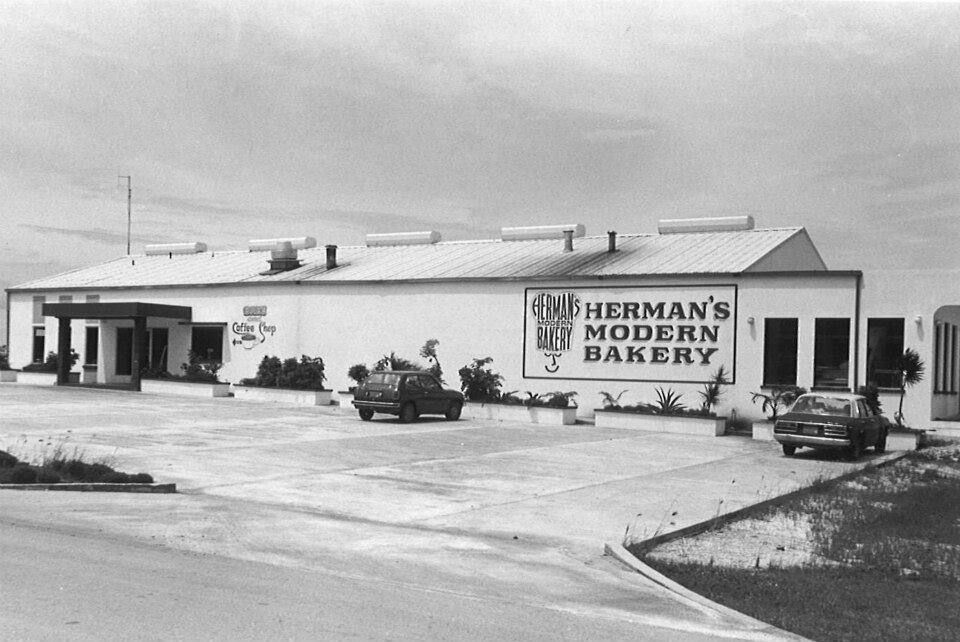
Following the flooding in Susupe-Chalan Kanoa in the 1970s, Juan Pan, with the blessings of his parents, constructed the new and permanent location of Herman’s Modern Bakery in Dandan Road in 1978, which was renamed to Tun Herman Pan Road.
“Sweet bread – Pan Mames – was the first baked product my father sold, and it went for five cents. It was known as sweet bread because of its sweet taste and fragrance. “The locals loved the bread,” Jesus said, “and still do to this day.”
Tun Herman began producing other baked goods.
There was the Shokupan, a Japanese milk loaf bread that Tun Herman was the first to introduce on Saipan. “People were always looking for this (Shokupan) loaf bread,” remembers Juan Pan. Since Tun Herman’s was located in the middle of the village of Chalan Kanoa, “the smell that would come out of our bakery oven’s chimney would spread everywhere”.
A comforting combination of pan tosta, sponge cake, Chamorro cake, and jelly roll came straight out of Tun Herman’s ovens. “People desired our baked goods.” As a baker, my father developed baked products to respond to the growing need at that time,” said Juan Pan.
“My father was buying all his supplies from the military, having no other source where to get flour, yeast, shortening.” Jesus Pan remembers his father stories that it wasn’t until 1946 or 1947 when he contacted his Godfather in Guam. Pedro Martinez Ada, a member of the well-known Ada family, who, in the aftermath of the war, built Guam’s first supermarket. He and his wife, Maria Palomo Ada, founded several businesses in Guam, including a general store, supermarkets, warehouses, a bowling alley, and commercial and residential buildings throughout Guam, building a multimillion-dollar family-owned real estate and investment corporation from an initial capitalization of $500.7
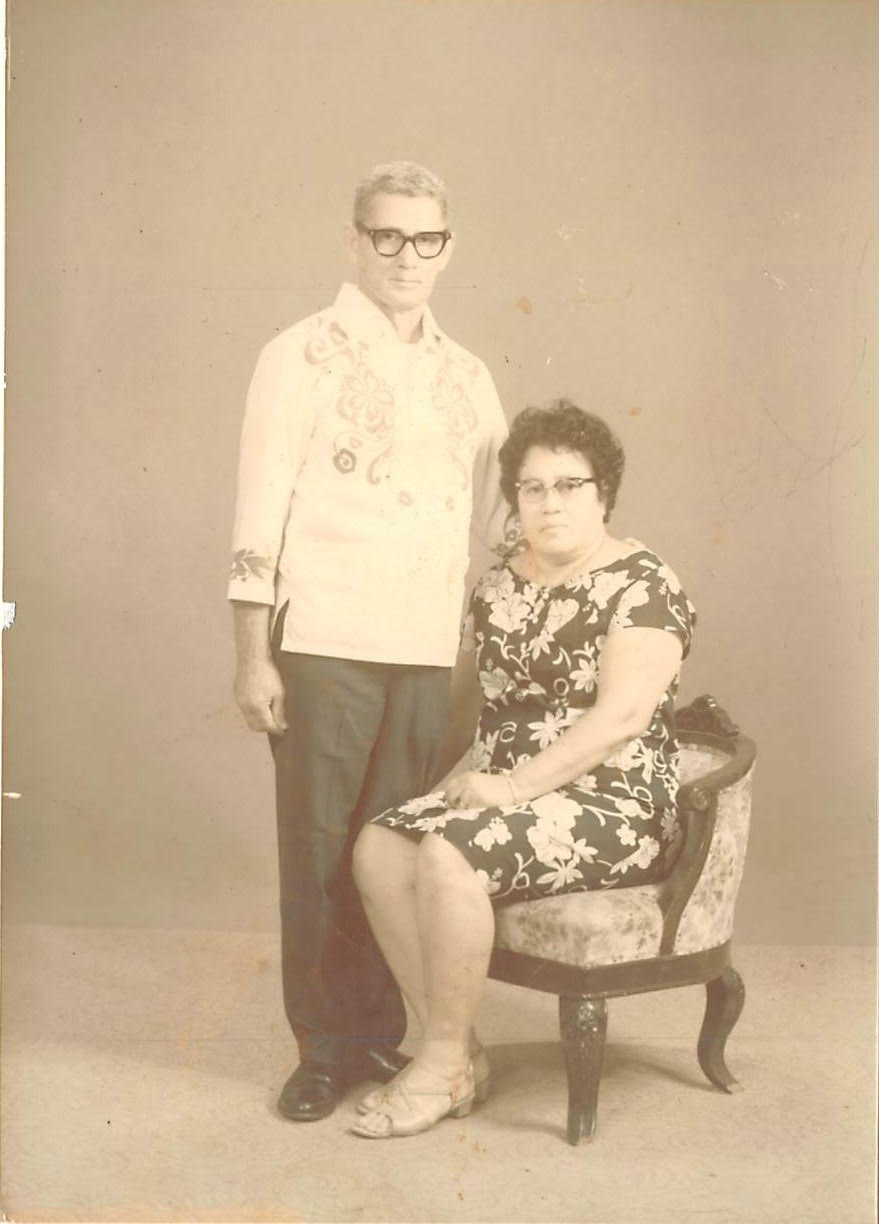
The story of devotion, selflessness and faith of couple Herman Jose “Tun Herman Pan” and Maria Juliana “Tan Marikita Pan” Guerrero earned them a place in the hearts and minds of the people of the commonwealth: by doing everything from baking bread for the hungry during the Liberation of Saipan to setting out on a journey that resulted in the founding of Micronesia’s first locally owned private businesses, including and in particular, the iconic Herman’s Modern Bakery which is celebrating 80 years today, October 26, 2024.
Tun Herman and Tan Marikita made life and living easier for the local residents by making bread and baked goods available early morning and until dusk.
Jesus Pan recalls how when he was around fifteen years old his father’s friends in Japan assisted him in finding skilled bakers as he expanded his bakery and the products he was offering.
Herman recruited dedicated and competent Japanese bakers, Hiroshi Sudo and Yamada-san both of whom worked for Herman’s Bakery for many years. Juan Pan recalls how these professional bakers would create the delicious red bean paste, cooking it in a cauldron over an open fire using a coconut tree branch as a paddle. This specialty became the sell-out “anpan” baked bread.
Alongside Sudo and Yamada-san were equally talented local bakers, making it possible for Herman’s to continuously produce the community’s favorite baked goods. Maria Blas Manibusan, Delgadino Blas Matagolai, Isabel Kumoi Guerrero, and Maximo and Leon Concepcion all contributed to the bakery’s expansion.
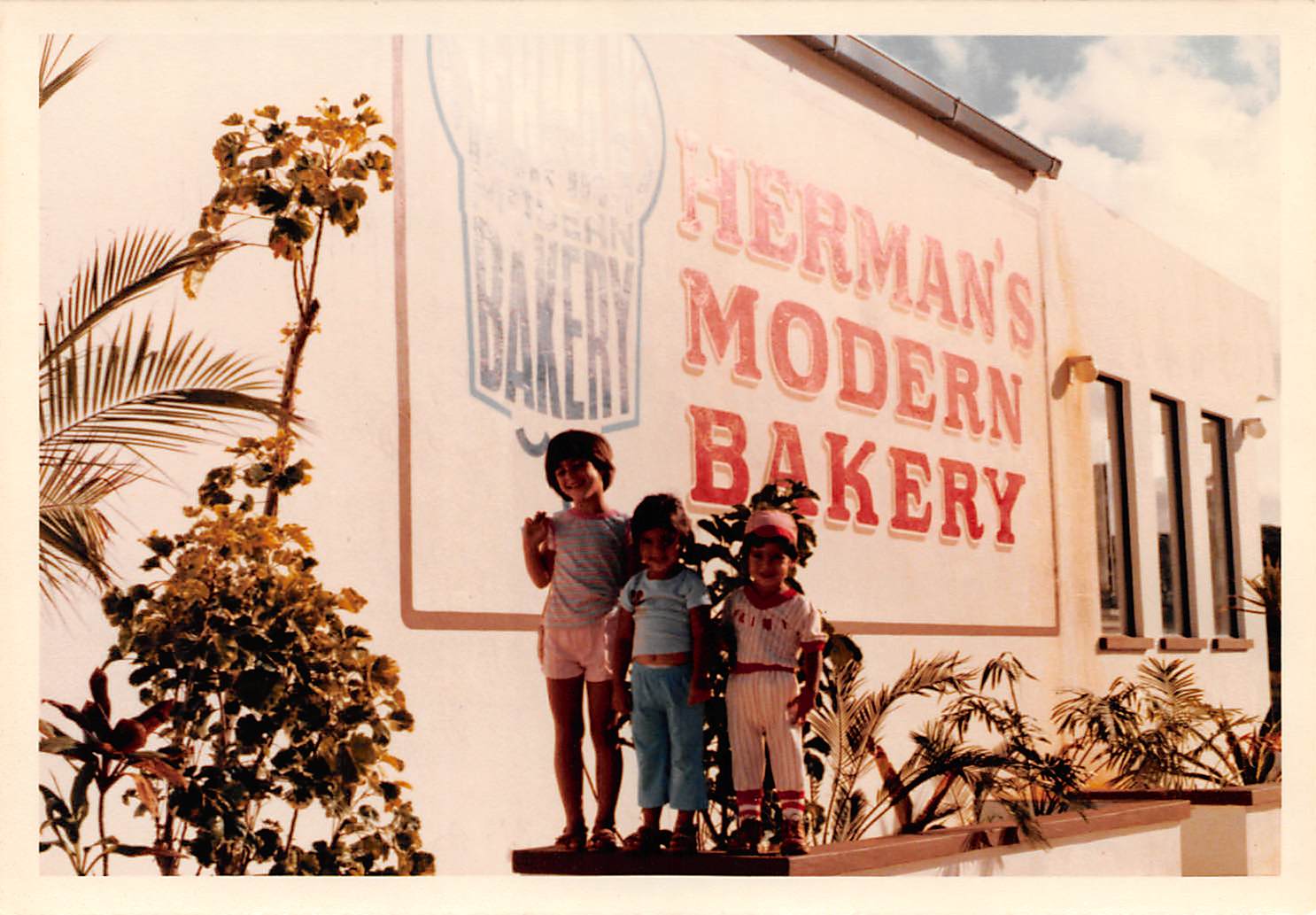
Juan Pan and Roberta’s children Tracy, Jolene, and John circa 1980.
Jose Pangelinan, Mariano Laniyo, and members of the Sanchez family – Jose and his two sons, Tardio and Glen – were among the bakery helpers who had other jobs during the day but came to Herman’s aid in the early morning during scheduled power availability. They worked those odd hours to ensure that Tun Herman’s products would be available and delivered to the store shelves every day by a young delivery team of Joey Cruz, Henry Cabrera, and a certain Dela Cruz from Tinian.
It was through the efforts and dedication of these long-time employees of Herman’s Bakery during the early years and on into the transition to the new facility on Tun Herman Pan Road that helped make Herman’s Bakery the success it is today.










